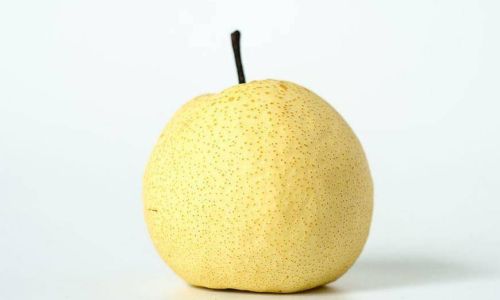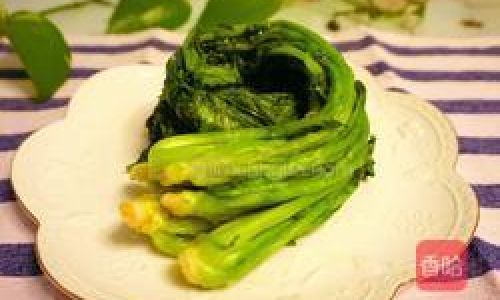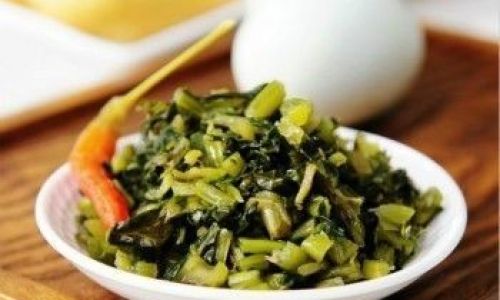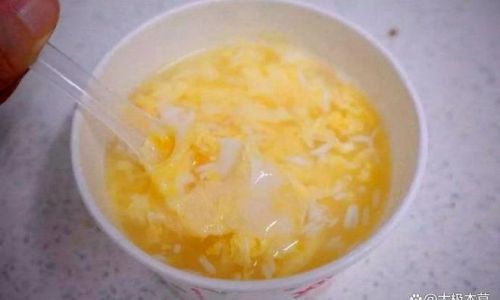Introduction
In the realm of traditional Chinese medicine, the combination of ingredients often holds the key to treating various ailments naturally and effectively. One such combination that has stood the test of time is the pairing of pear and Chuanbei (Fritillaria cirrhosa), a bulbous herb renowned for its soothing and expectorant properties. This article delves into the intricacies of this age-old remedy, focusing specifically on the optimal quantity of Chuanbei to be used with a single pear, while also exploring the broader context of their medicinal benefits, preparation methods, and potential precautions.
Understanding Chuanbei and Its Medicinal Properties

Chuanbei, scientifically known as Fritillaria cirrhosa, is a perennial herb native to China and other parts of Asia. Its bulbs have been used in traditional Chinese medicine for centuries to treat respiratory conditions such as coughs, sore throats, and bronchitis. The active compounds in Chuanbei, particularly the alkaloids and polysaccharides, are believed to possess expectorant, antitussive, and anti-inflammatory properties. By thinning mucus and facilitating its expulsion from the lungs, Chuanbei helps alleviate congestion and discomfort associated with respiratory infections.
The Role of Pears in Traditional Medicine
Pears, on the other hand, are not just a delightful fruit but also carry significant medicinal value in Chinese culture. They are considered to have a cooling and moistening effect on the body, making them ideal for alleviating dryness and heat-related symptoms. The juice and flesh of pears are rich in vitamins, minerals, and antioxidants that support overall health, particularly the respiratory system. When combined with Chuanbei, the moistening nature of pears complements the expectorant action of Chuanbei, creating a synergistic effect that enhances the treatment of respiratory ailments.
Determining the Optimal Quantity of Chuanbei for a Single Pear
When preparing a remedy using a single pear and Chuanbei, the quantity of Chuanbei is crucial. Too little may render the treatment ineffective, while too much could lead to unwanted side effects such as nausea, vomiting, or diarrhea. Traditional wisdom and modern research suggest a general guideline: for every medium-sized pear, approximately 3-6 grams of Chuanbei is considered optimal. However, this range can vary based on individual factors such as age, weight, severity of symptoms, and specific health conditions.
For instance, for children or individuals with a sensitive constitution, starting with the lower end of the range (3 grams) is advisable. Conversely, adults with more severe respiratory symptoms might benefit from the higher end (6 grams), but this should always be done under the guidance of a qualified practitioner to avoid adverse reactions.

Preparation Methods
There are several ways to prepare a pear and Chuanbei remedy, each with its own unique benefits:
-
Boiled Pear and Chuanbei Syrup:
- Peel and core a medium-sized pear.
- Slice the pear into thin pieces and place them in a pot with water.
- Add the desired amount of Chuanbei (3-6 grams), based on individual needs.
- Boil gently until the water reduces to a syrupy consistency.
- Strain and consume warm, preferably before bedtime or as needed for cough relief.
-
Steamed Pear with Chuanbei:
- Peel and core a pear, leaving the bottom intact to form a ‘cup’.
- Place a small amount of Chuanbei (3-6 grams) inside the hollowed-out pear.
- Steam the pear for about 30 minutes.
- Consume the pear and the liquid inside, allowing the medicine to coat the throat and lungs.
-
Pear and Chuanbei Soup:
- Prepare a soup base with water or broth.
- Add sliced pears, chopped ginger, and the appropriate amount of Chuanbei.
- Simmer for an hour, allowing the flavors and medicinal properties to meld.
- Serve warm and consume as a soothing, nutritious meal.
Potential Precautions and Considerations

While the combination of pear and Chuanbei is generally safe and effective, there are certain precautions to consider:
- Pregnancy and Lactation: Consult a healthcare provider before using Chuanbei during pregnancy or lactation, as its safety during these periods is not fully established.
- Allergies: Individuals with known allergies to plants in the Fritillaria family should avoid using Chuanbei.
- Interactions with Medications: Chuanbei may interact with certain medications, particularly those affecting the respiratory system or those that cause drowsiness. Always inform your healthcare provider about any herbal remedies you are using.
- Dosage Adjustments: As mentioned earlier, dosage adjustments may be necessary based on individual factors. It is advisable to consult a qualified practitioner for personalized advice.
Conclusion
In conclusion, the pairing of pear and Chuanbei represents a time-honored approach to treating respiratory ailments naturally. By adhering to the optimal quantity of Chuanbei for a single pear—typically ranging from 3 to 6 grams, depending on individual needs—and choosing the right preparation method, one can harness the synergistic benefits of these two powerful medicinal ingredients. However, it is crucial to approach this remedy with caution, considering potential precautions and always consulting a healthcare provider when in doubt. By doing so, one can enjoy the soothing, expectorant effects of pear and Chuanbei while minimizing the risk of adverse reactions.






0 comments